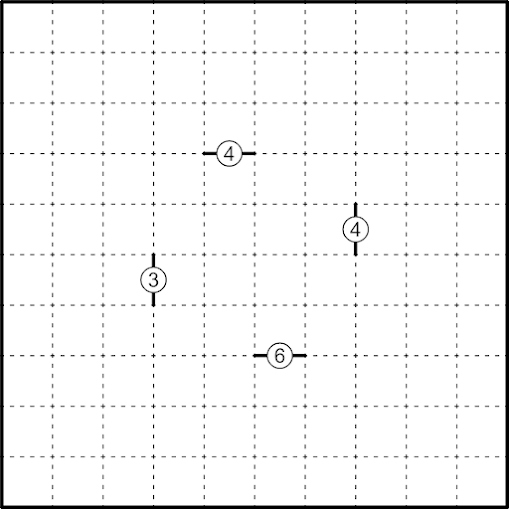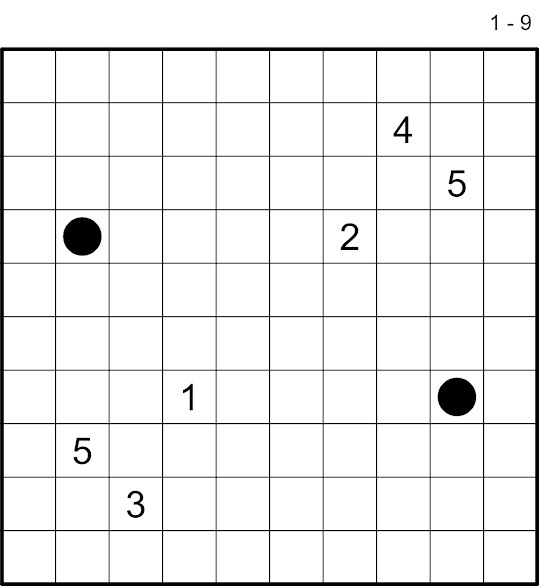#451 - Circles and Squares

Shade some cells so that all shaded cells form one orthogonally connected area and each orthogonally connected area of unshaded cells is in the shape of a square. Cells with black circles must be shaded, and cells with white circles must not be shaded. No 2x2 region may be entirely shaded. Solve online














